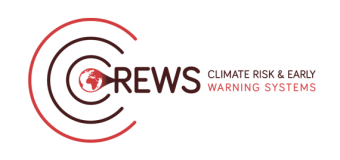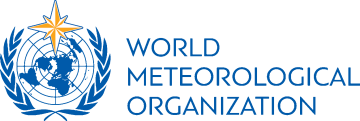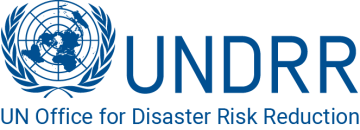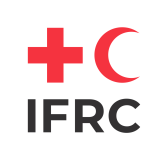

- Climate Resilience and Adaptation
- Disaster Risk Reduction
- WMO Integrated Global Observing System
- Capacity Development
- Forecasting
- Early Warnings
- Data Management
- Observations
- Service Delivery
Project background
The climate of the Greater Horn of Africa is shaped by interactions at local and global scales, including the El Niño Southern Oscillation and Indian Ocean Dipole. The region is highly exposed to climate-related risks due to variable and erratic rainfall combined with increasing temperatures, leading to more frequent and intense droughts and floods, as seen in the 2019 floods that struck the Horn of Africa. The economy relies heavily on rain-fed agriculture, which is sensitive to weather extremes, resulting in crop failures, livestock deaths, and land degradation. As global temperatures rise by 1.5°C, these climate impacts are expected to increase, leading to economic challenges, food insecurity, and livelihood losses.
In Ethiopia, WMO intends to strengthen the capacities of the end users to demand, understand and utilize climate and impact based early warning information and echnical assistance to develop hydromet systems including, observation, data management and archiving, data analysis, forecasting in support of hydromet investment projects. In Somalia, WMO aims to improve staff training and develop public hydromet services for farming and pastoralist communities, as well as support technical design of minimum basic observing, data management, forecasting and service delivery systems. In Sudan, the focus is on strengthening national capabilities. WMO also intends to promote gender inclusivity and address the needs of vulnerable groups throughout the entire EW-EA value chain in the region.
Objective(s)
To enhance the capacities for regional and national entities to produce and use climate, weather, and hydrological services, including early warning systems.
Outputs
Component 1 - Strengthen regional capacities and coordination for climate, weather, and hydrological services
Output 1.1: Improving regional services to support countries to provide effective EWS.
Output 1.2: Strengthening regional coordination and cooperation for effective EWS and climate services.
Component 2 - Strengthen impact based Early Warning Services and targeted climate services in Ethiopia
Output 2.1: Reaching the last-mile: Communities with actionable EWS and ensuring early actions.
Output 2.2: Developing demand driven climate and early warning information services.
Component 3 - Strengthen national capabilities in Somalia
Output 3.1: Develop and deliver priority public hydromet services.
Output 3.2: Institutional development.
Component 4 - Strengthening national capabilities in Sudan
Output 4.1: Strengthening community involvement in EWS.
Output 4.2: Strengthening flood early warning services.
Expected outcomes
- Establish regional models for Long-Range forecasts
- Establish gridded quality controlled regional climate datasets
- Develop and implement procedures to obtain, pre-process and analyze seasonal and annual to decadal climate information from multiple sources
- Each country to operate a number of observing stations (surface & upper-air) providing data internationally according to the GBON requirements
- Install and operationalize improved data management system
- Prepare a number of flood contingency plans for transboundary basins in Horn of Africa
- Improve ability for end-users to receive understandable, actionable warning information
- Improve ability for financial resources to be mobilized in the case of a disaster
- Increase capacity to coordinate the receipt of warnings with disaster response
- Complete training courses and training material, resulting in greater technical capacity for staff






